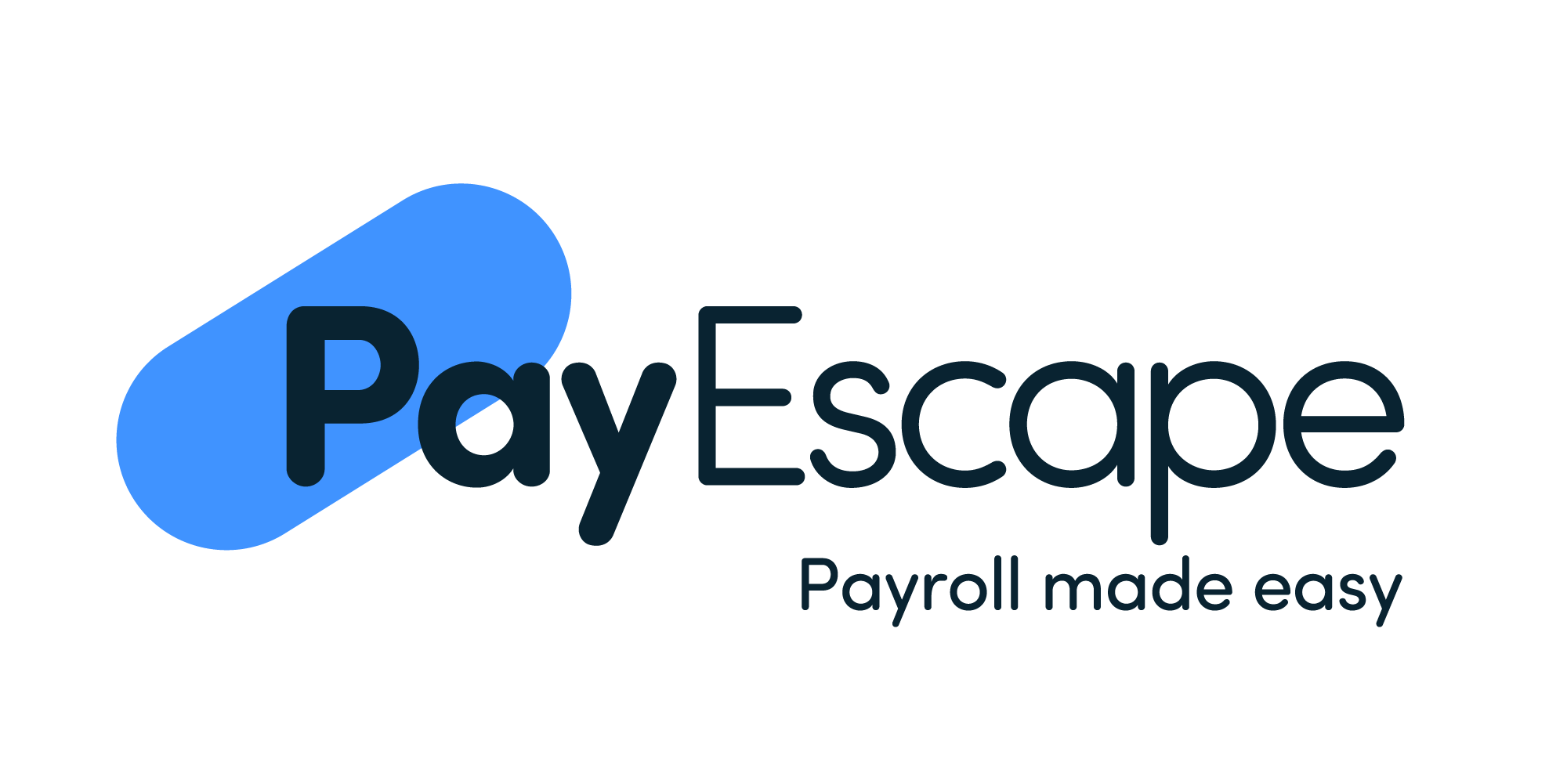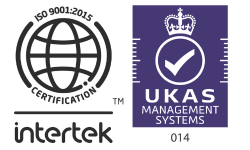Payroll is a business-critical function, yet it’s massively underestimated and often treated as something completely siloed.
However, more companies are realising the benefits of integrating payroll with other functions such as HR and time and attendance tracking. When managed properly, integrated payroll can have a significant impact on your business. For example, integrated payroll can help you:
● Streamline processes.
● Save money.
● Decrease the need for admin-heavy tasks.
● Reduce the chances of errors occurring.
What’s the problem with in-house payroll?
In-house payroll requires businesses to either complete their payroll tasks manually (through using a spreadsheet) or by implementing payroll software themselves. This can be time-consuming and lead to data breaches if documents aren’t password protected or paper files are left out. This can be manageable for a small company, but once you start to employ a larger number of people this can be hard to maintain.
In-house payroll comes with several pain points, including:
Incorrect data management
As there’s so much admin and manual data entry, it can make it hard to manage data effectively. This often results in incorrect employee details or holiday and sick days being recorded incorrectly.
Reduced security and GDPR
With strict GDPR policies, storing sensitive information including passwords and personal data on spreadsheets and physical paperwork may result in a fine, if you fall victim to a data breach.
Decreased compliance
Due to its admin and time intensive nature, it’s easier to make mistakes with in-house payroll, which can result in non-compliance issues, fines, penalties or even business closures.
In-house payroll vs integrated payroll
We already know that in-house payroll usually requires a form of manual data entry either on a system or spreadsheet. In terms of integrated payroll, it allows other systems or software such as HR and time and attendance tracking to be integrated with your payroll system. This stores everything in one place, giving you one central location for your payroll, HR and time tracking data and tasks.
While a lot of integrated software will still require admin heavy tasks and manual entry just like in-house payroll, outsourced software could be the way to go if you want to free up some of your time. When you outsource your software it means that the company you purchased it from will set up and manage your system for you, giving you the time to focus on more critical tasks.
Here at Payescape we offer both individual outsourced software and integrated outsourced software where we can combine your payroll, HR and time and attendance software for you. This can help you streamline processes, cut costs and reduce errors.
The benefits of integrated payroll
More efficient processes overall
When all your systems are integrated, there are fewer data points to stay on top of, and everyone has access to the same data at any given moment.
This reduces the need to upload the same datasets to several different sheets, helping to remove duplicates that cause confusion and errors to be made. It also reduces the overall time spent on admin giving finance and HR teams time to focus on other areas like business strategies.
Improved employee retention
The reality is that bad payroll practices can cost you employees, and hiring new employees isn’t cheap. Continually making mistakes can have a massive impact on employee retention and attraction. One of the most basic things you need to get right is staff’s salaries. Getting these wrong, even if it’s just once, can significantly reduce satisfaction causing them to jump ship.
Compounding this with the fact that millennials are now the largest segment of the workforce, and are pushing for technological change in the workplace, it highlights the need to close down spreadsheets and fire up the software.
Reporting and data-driven decision making
When payroll is automated and integrated with other business functions, reports and dashboards can be consolidated from several data points. This makes it easier to pull accurate data and create custom reports.
Additionally, having quick access to employee information helps business leaders make fast and flexible workforce decisions. These reports cover areas including total earnings, who the employee’s manager is, their latest performance rating, and can help with performance reviews.
Similarly, when employees who leave the company get their last payment, it automatically updates their status in reports about employee count and benefits, ensuring records are always accurate.
Remaining compliant
Organisations must remain compliant with HRMC’s strict payroll regulations, as well as balancing GDPR. Failure to do so can result in fines, which can damage brand reputation and profits.
When you choose a reputable managed payroll provider and integrate payroll with other systems, remaining compliant is a simpler, more transparent process. This is because payroll software providers have the knowledge and expertise needed to stay up to date with the latest rules and regulations.














